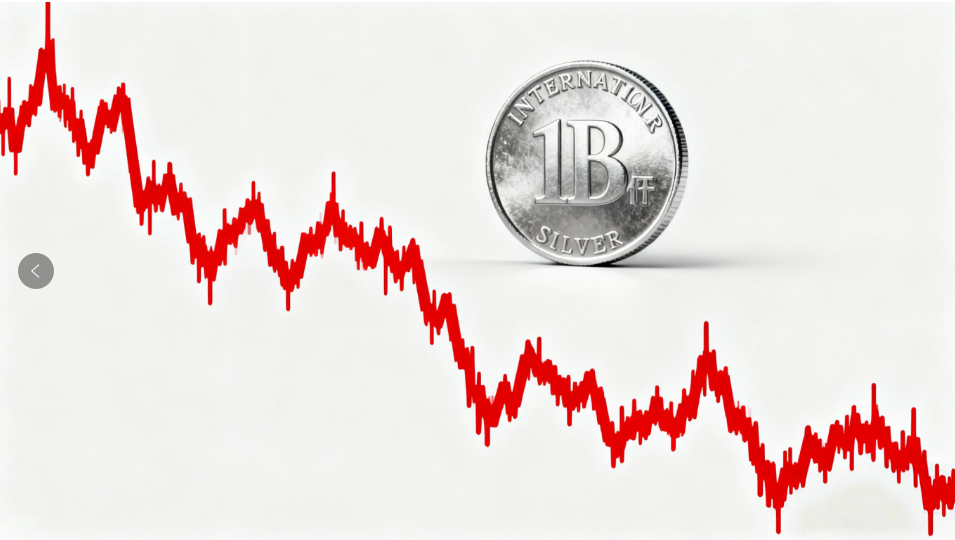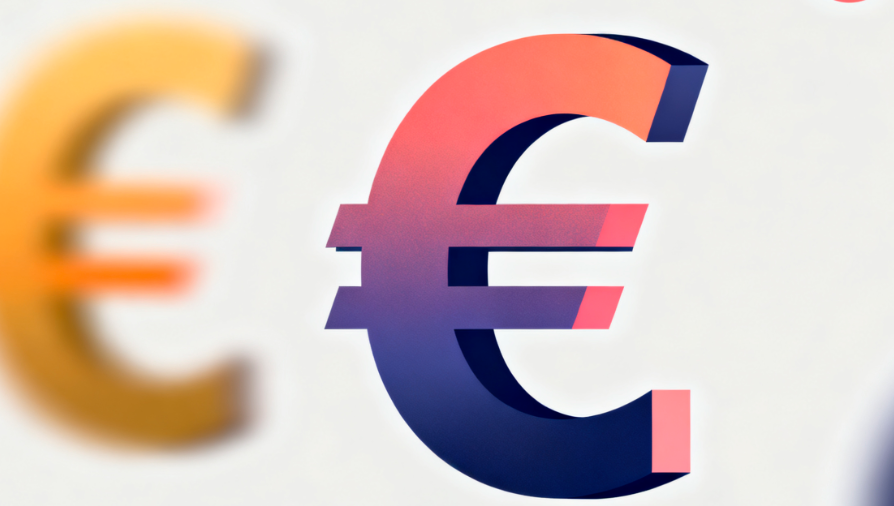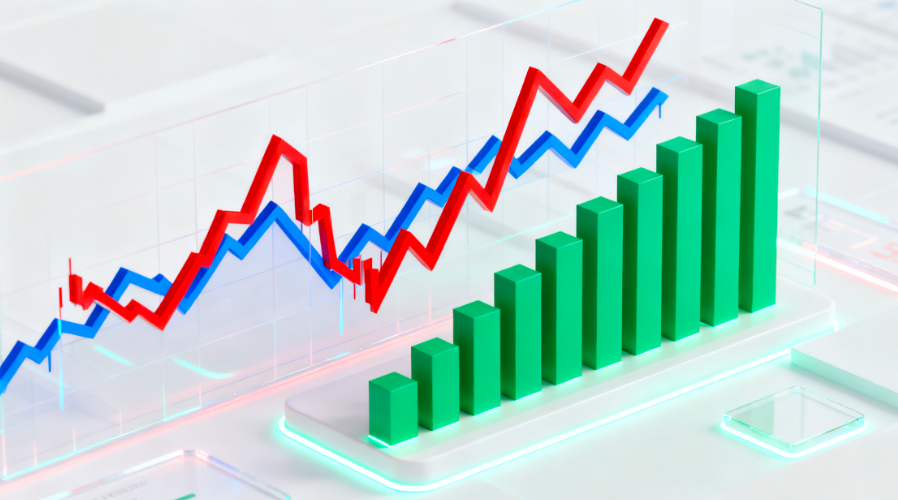
Overnight, international precious metal prices, which had been rising steadily recently, experienced a correction. Silver prices, which had been continuously hitting new cyclical highs, saw a sharp plunge.
Data shows that as of 5:50 Beijing Time on October 18th, both COMEX gold futures prices and London gold spot prices had fallen below the $4,300 per ounce mark, with declines of 0.85% and 1.73% respectively. International silver prices fell sharply, with COMEX silver futures dropping over 5% and London silver spot prices falling over 4%, marking the largest declines in over half a year.
Since the start of a new upward trend in late August, international gold prices have continuously refreshed historical highs, successively breaking through several key integer thresholds such as $3,800, $3,900, $4,000, $4,100, $4,200, and $4,300 per ounce. International silver prices have continuously reached new cyclical highs, with their cumulative year-to-date gains surpassing those of gold, attracting global investor attention.
However, as gold prices repeatedly hit new all-time highs within a short period, trading crowding has also increased rapidly. According to a Bank of America Merrill Lynch October global and Asian fund manager survey cited by China International Capital Corporation (CICC), as of October 14th, long gold positions had become the most crowded trade, and 39% of investors still had no allocation to gold.
Recently, the Shanghai Futures Exchange issued a notice stating that due to the complex and volatile international situation recently, volatility in the precious metals market has increased. It requested all relevant units to take appropriate measures, advise investors to strengthen risk prevention, invest rationally, and jointly maintain stable market operation.
Shenyin & Wanguo Futures believes that after the rapid rise in gold, some profit-taking positions have accumulated, and attention should be paid to potential adjustments and increased volatility.
















